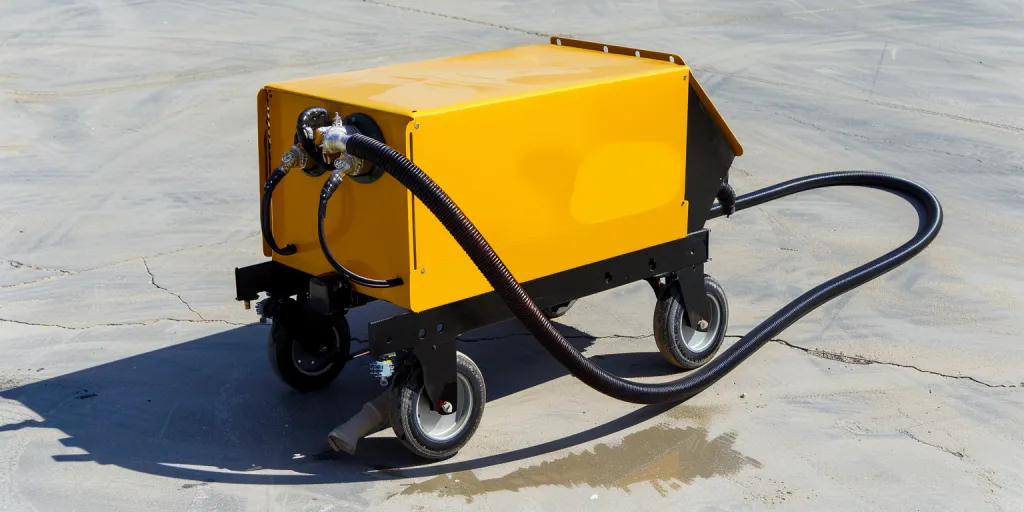The realm of machinery offers a plethora of tools designed to tackle various tasks, but few are as versatile and indispensable as the sand blaster. This guide embarks on a journey to explore the critical aspects of sand blasters, from their fundamental principles to their diverse applications, maintenance, and safety considerations. Whether you’re a seasoned professional or a curious novice, understanding the capabilities and proper handling of a sand blaster can significantly enhance your project outcomes.
Table of Contents:
– Understanding sand blasters
– Types of sand blasters
– Applications of sand blasting
– Maintenance tips for sand blasters
– Safety considerations when using a sand blaster
Understanding sand blasters

Sand blasting, a powerful technique used for cleaning or preparing surfaces, employs a stream of abrasive material propelled under high pressure. This process can remove paint, rust, and other surface contaminants, revealing a clean, fresh surface. The mechanism of a sand blaster is fascinating, relying on compressed air or water to propel the abrasive particles towards the target surface. The choice of blasting media varies, including sand, steel grit, and even baking soda, each serving a specific purpose.
Types of sand blasters

The diversity in sand blaster types offers a tailored approach to various projects. The three primary categories include gravity-fed, siphon, and pressure blasters. Gravity-fed models rely on a hopper above the gun to feed abrasive material into the blasting gun. Siphon blasters, on the other hand, use a suction mechanism to draw the media from a container. Pressure blasters, the most powerful type, contain the media in a pressurized tank, delivering a consistent and forceful stream. Each type has its unique advantages, catering to different project scales and requirements.
Applications of sand blasting

Sand blasting’s versatility extends to numerous applications, from industrial to artistic endeavors. In the industrial sector, it’s a vital process for preparing metal surfaces for painting or coating, ensuring adhesion and longevity. Restoration projects, such as refurbishing old cars or cleaning historic buildings, also benefit immensely from sand blasting. Moreover, it’s employed in the creation of etched glass or wood signage, demonstrating its utility in delicate, artistic applications. Understanding the specific needs of your project can guide you in selecting the appropriate sand blasting technique.
Maintenance tips for sand blasters

Maintaining a sand blaster is crucial for its longevity and performance. Regularly checking for wear and tear, especially in the hoses and nozzles, can prevent unexpected breakdowns. After each use, thoroughly clean the machine, ensuring no residual media can cause clogs or corrosion. Additionally, using the correct type of abrasive media and replacing it when necessary can maintain the efficiency of the blasting process. Adhering to these maintenance practices can extend the life of your sand blaster and ensure it remains a reliable tool in your arsenal.
Safety considerations when using a sand blaster

Safety cannot be overstated when operating a sand blaster. The high-velocity particles pose a risk of injury and respiratory issues. Wearing appropriate protective gear, including gloves, goggles, and a respirator, is imperative. Ensuring the work area is well-ventilated and free from flammable materials can prevent accidents. Furthermore, being aware of the surroundings and securing loose items can minimize the risk of damage or injury. Adhering to these safety measures ensures a safe and productive sand blasting experience.
Conclusion
Sand blasters, with their diverse applications and capabilities, are invaluable tools in both industrial and creative domains. By understanding the different types, selecting the appropriate media, and adhering to maintenance and safety protocols, users can harness the full potential of sand blasting. This guide serves as a foundational resource, empowering you with the knowledge to tackle your projects with confidence and achieve exceptional results.




